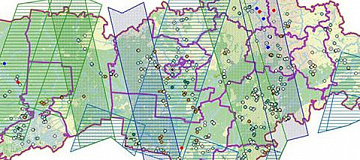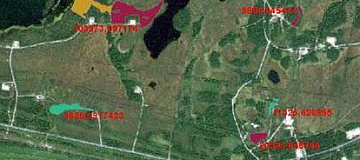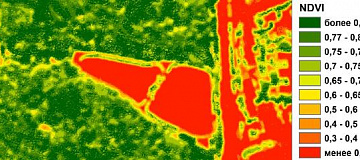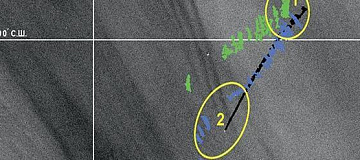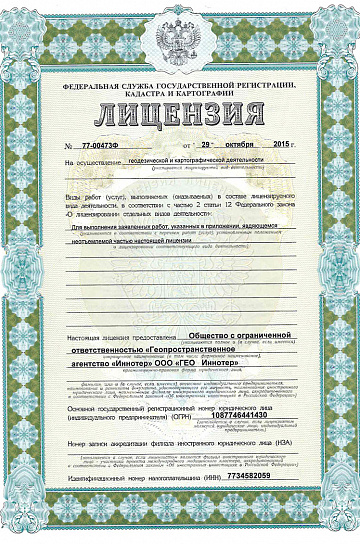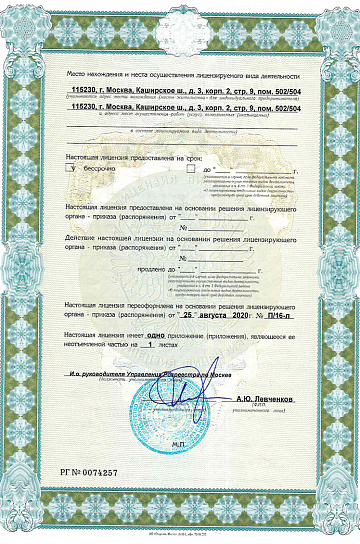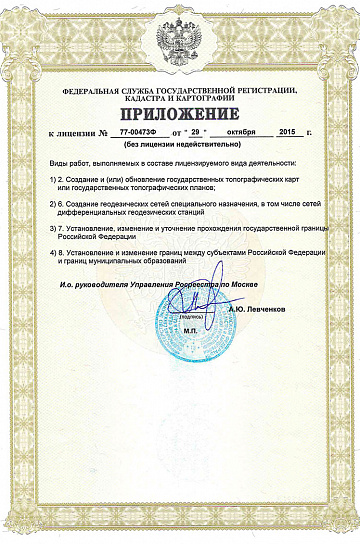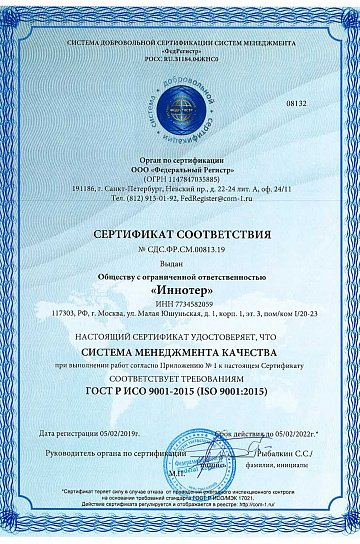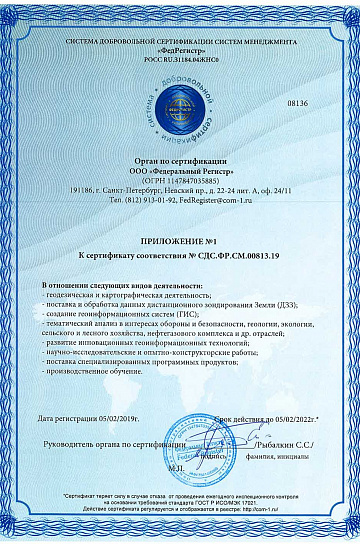In other words, it is the process of detecting pollutants in the environment, their concentration, as well as identifying the nature of their origin.
According to the type of pollution is subdivided into anthropogenic and natural, and according to the scale there are local, regional and global pollution.

You can order from us
Prices for services
| Consultation | Free of charge |
|---|---|
| Ordering Satellite Images | Starting from 300 USD per image, depending on the spatial resolution of the image and the requirements of the space imaging operators for the placed order. |
| Image Processing, Vectorization, Technical Report | Calculated individually based on the area of the study site and the technical requirements of the task. |
The price for detecting local sources of pollution is calculated individually and depends on: the area of the research site; the cost of suitable satellite imaging; the accuracy of georeferencing the obtained result; the required processing of satellite images, etc.
The cost of execution is calculated on an individual basis, taking into account a specific of task.
After receiving the task description, we calculate the cost and send you a commercial offer.
Period of execution
Coordination of terms of reference: from 1 to 5 days* Signing a contract and receiving an advance: from 1 to 5 days* Execution of the contract: from 8 days**Total term: from 10 days*
* working days
** from the date of receipt of 100% advance payment
How to place an order:
Need for consultation?
Fill the form and we will contact you
Stages of service provision
The result of the provision of services
Ready-to-load raster base (satellite images) for various GIS systems, as well as vector layers and a comprehensive analytical report (if required).
Requirements for source data:
- Accurate location of the area of interest (coordinates, district name, region, shapefile, etc.);
- Requirements for the period of obtaining satellite images (or the period of conducting a new survey);
- Requirements for result accuracy;
- Requirements for the content of the technical report;
- Other relevant information available.
If it is not possible to provide the specified information, please provide details about the intended use of the remote sensing data. The specialists of "GEO INNOTER LLC" will analyze the requirements and propose the optimal solution to address the problem.
Related services










Completed projects
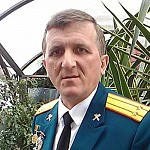
Customers
FAQ
Licenses
Warranty
It is optimal to indicate the profile RF and international documents regulating the subject area under consideration.We guarantee 100% quality of services. Cooperating with GEO Innoter specialists, you eliminate risks and losses!
The presence of qualified personnel with extensive experience in working with specialized software makes it possible to ensure timely and high-quality performance of work!












